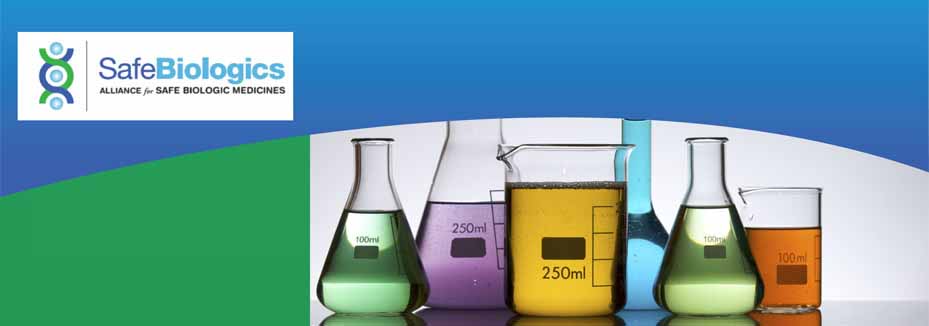
Who We Are
The Alliance for Safe Biologic Medicines is an organization of patients, physicians, pharmacists, biotechnology companies that develop innovative and biosimilar medicines and others, who are working together to ensure that patient safety is at the forefront of the biosimilars policy discussion. It is the mission of the Alliance to serve as an authoritative resource center of information for the public, medical community, the FDA and other state and federal policymakers during the implementation of the biosimilars approval pathway and beyond.
Our Perspective
Biologics are advanced prescription drugs to treat cancer, rheumatoid arthritis and other debilitating diseases. In November 2010 the Food and Drug Administration began consultation with patient groups, physicians and industry on how to approve the first copies of these drugs, known as follow-on biologics or biosimilars. As the FDA moves forward in implementing this pathway, the Alliance for Safe Biologic Medicines will work to ensure patient safety remains the priority.
On February 22nd, the US Food and Drug Administration (FDA) announced the resulution of a years-long shortage of semaglutide, the key ingredient in popular GLP-1 weight loss and diabetes medications Ozempic amd Wegovy. Both drugs have been on the FDA’s drug shortage list since 2022. During the shortage, compounding pharmacies were permitted to increase patient access to these medications by compounding their own version. But with the shortage over, this is no longer the case. In a statement, ASBM highlighted the need for education around the role played by compounding pharmacies during a shortage, including the lower manufacturing and safety standards to which they are held. From ASBM’s statement on the announcement:
“Compounding pharmacies provide an important public service by increasing supply of medicines that are in shortage,” says Philip Schneider, Chair of ASBM’s Advisory Board and past president of the American Society of Health-system Pharmacists (ASHP). “But some compounding pharmacies are now trying to continue this practice after a drug shortage ends—skirting FDA safety regulations and oversight, and potentially jeopardizing patient health.” Compounding pharmacies’ lower regulatory compliance costs can contribute to a lower price point, which is frequently emphasized in direct-to-consumer advertising such as a recent Super Bowl ad for compounded GLP-1s watched by 123 million people.
Ronald Jordan, former president of the American Pharmacists Association (APhA) and a member of ASBM’s Advisory Board, highlights the need for more education on the risks of pharmacy compounding: “The U.S. drug supply is probably the safest in the world because of the FDA’s standards for drug manufacturing—but the public should know that these standards don’t apply to compounders, and those that do are not consistently enforced. On a continuum of risk, U.S. drug manufacturers would be on the low end for risk and pharmacy compounders would be on the high end.”
Read the full statement here.
